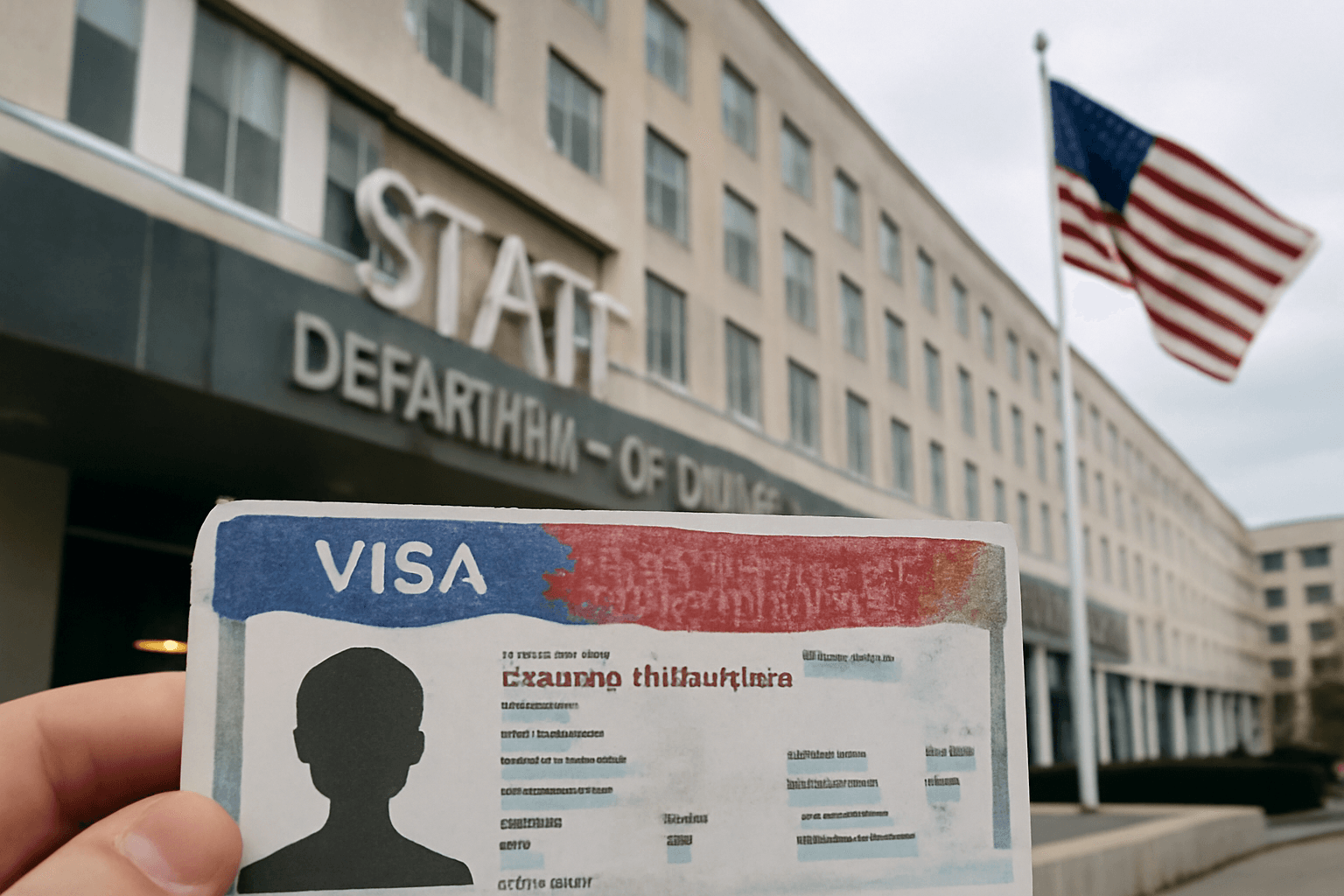Congress Enacts Landmark Student Loan Overhaul
In a significant move reshaping the federal student loan landscape, Congress has passed a sweeping legislative package informally called the "Big Beautiful Bill." This landmark legislation introduces comprehensive reforms affecting how millions of Americans borrow for college, repay their loans, and access federal forgiveness programs.
Major Revisions in Loan Repayment and Borrowing Limits
Streamlining Income-Driven Repayment Plans
One of the most notable changes is the consolidation of multiple income-driven repayment options into just two plans. The existing, more flexible programs, including the popular SAVE plan, are being phased out by mid-2026.
- Repayment Assistance Plan (RAP): Borrowers will pay between 1% and 10% of their discretionary income, with a minimum monthly payment of $10. This plan extends loan repayment up to 30 years before forgiveness kicks in, potentially increasing total interest costs.
- Standard Repayment Plan: Offers fixed payments based on the original loan balance, stretched over 10 to 25 years depending on the amount borrowed.
This shift narrows repayment choices and eliminates the option to defer payments during financial hardship, except through forbearance, which often leads to higher costs.
Caps on Graduate and Parent PLUS Loans
The legislation sets firm caps on previously uncapped loan amounts to control rising graduate debt:
- Graduate students face a lifetime borrowing limit of $100,000, with professional degrees capped at $200,000.
- Parent PLUS loans are restricted to a total of $65,000 per student.
- The Grad PLUS loan program is eliminated entirely, with borrowing options severely limited.
College Accountability Measures
The new law holds colleges accountable for outcomes by tying their eligibility for federal student loan funding to the earnings of their graduates. Specifically, programs will lose eligibility for federal aid if graduates' incomes do not surpass median earnings of high school or bachelor’s degree holders in their state for two out of three consecutive years. This policy is designed to ensure educational and economic value but may also jeopardize funding for underperforming programs.
Public Service Loan Forgiveness Remains but Faces Challenges
The Public Service Loan Forgiveness (PSLF) program will continue for now; however, the legislation anticipates future regulatory changes that could tighten eligibility criteria. For instance, time served in medical or dental residencies may soon no longer count towards forgiveness, complicating matters for healthcare professionals.
Stricter Eligibility for Social Programs
The bill also tightens eligibility requirements for low-income assistance programs such as Medicaid and nutrition aid, aiming to reduce federal expenditures. Critics warn these changes might leave vulnerable populations without essential support, heightening economic insecurity for many families.
Political Reactions: Debate Over Affordability and Support
Republican proponents defend the bill as a necessary measure to control government spending and prevent runaway student debt, framing it as streamlining a complex and costly system.
Meanwhile, Democratic leaders and borrower advocacy groups argue that the new limits will restrict access to affordable higher education, increase monthly payments for many, and disproportionately impact low-income students and families. They caution that reductions in social program access will exacerbate hardships for the most vulnerable Americans.
What Borrowers Should Know and Do
- Current Borrowers on Income-Driven Plans: Prepare to transition to the new repayment options between July 2026 and July 2028.
- Prospective Graduate Students: Be mindful of the new lifetime borrowing caps and explore alternative funding sources.
- Parents Financing Education: Understand the new $65,000 cap on Parent PLUS loans, which will limit borrowing capacity.
- Public Service Employees: Stay informed about potential changes to PSLF eligibility, especially if involved in medical or dental residencies.
Looking Ahead
Though these reforms aim to contain costs and ensure accountability, they signal a profound shift in federal support for higher education. Future students, families, and institutions will need to adapt to a more constrained borrowing environment with fewer repayment options and heightened expectations for outcomes.












